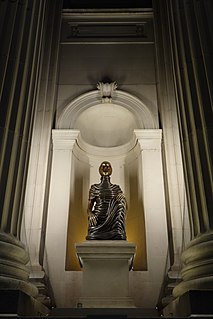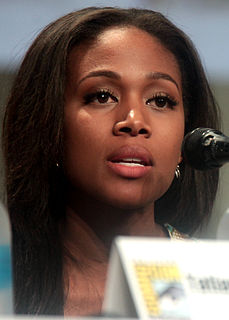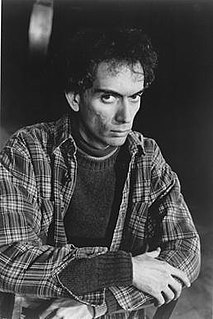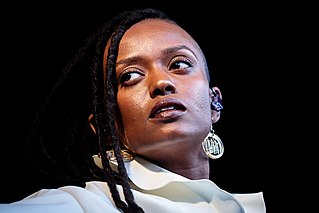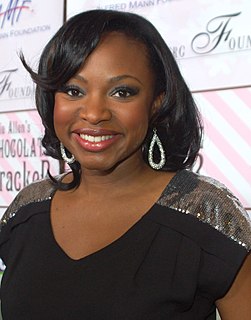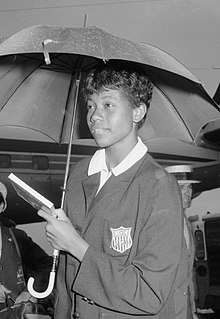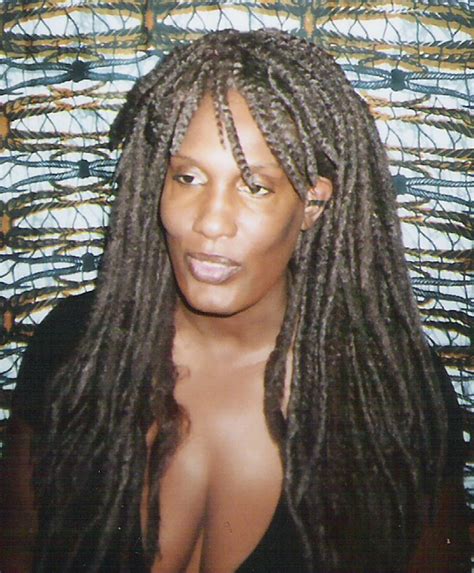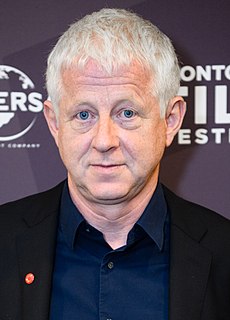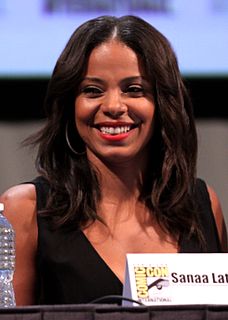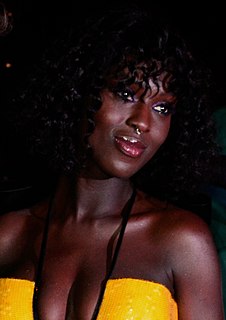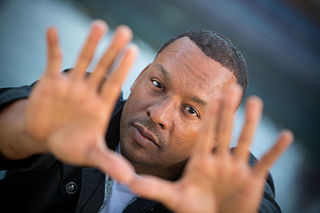A Quote by Wangechi Mutu
My work is often a therapy for myself - a working out of these issues as a black woman. And a way of allowing other black women to work through this kind of stigmatization as they look through the images and feel how distorted or contorted they might be in the public eye.
Related Quotes
In my life I have had to work through problems of stigmatization and prejudice. When I discovered the power of the arts to express my pains and joys, it became clear to me that there would be no other way to work through the demons except to fully embrace the process of creation. The work was not personal therapy but had a connection to other peoples' realities. As I grow older and more mature, it becomes clearer to me that personal struggles and conflicts are connected with universal struggles and conflicts. It is this knowledge, ironically, that gives me the freedom to experiment in my work
The act of me just being robust in the world is so radical - it's so radical for a black woman to think she's going to be a star, because it takes so much to get there. It's still a battle every day, but I feel happy because I feel like I cracked the code and figured out how to work through it. Now I want to give the map to other women.
When you say 'the man of the house,' the black woman has been the woman and the man of the house, because black men have so often had to spend all of their time and energy working and trying, at least, to give their families the basic needs. So black women, I find, are not really concerned about women's liberation.
There are more than 100 million African women who go topless at some point in the day, each and every day, to honor both God and our ancestors. So being in a country like America where nothing is hated more than the image of the black woman, even by black people'because her womb produces the black man and makes us black'I find it of grave importance to implement African images, and especially to produce media images that acknowledge the sexual power and fertility of black women.
Black women are some of the most colorful women in the world. We come in all shadeshave so many hair textures..eye colors..body types. In this generation, it's sad to see so many black girls claiming ethnicities that they know nothing about in hopes of impressing a man or appearing 'exotic'. So many people act as if being black and beautiful is impossible. It's not. If we wanna get technical and look at our history, almost every black American is mixed. But we must stop implying that a woman's beauty comes from a part of her that is not black.
I feel like we're looked at as either completely nonsexual characters or overly sexual characters, and I feel like that affects how we're treated in the public space by men. I believe that women of color experience street harassment in a very hyper way. So I wanted to draw these women in their very normal, regular states and put those images out there in the public for people to see, instead of these other, very sexualized, images of women.
I don't claim to say, "All black women are like me," because they're not. One type of black woman can exist, but also another kind can exist. I also really hope that people feel permission to talk about their own troubles, but also to celebrate themselves. Sometimes I feel as though I'm trying to take a hit for the team so that other people then can move forward. I'm like, "Look, I just laid out all of my stuff, so what's the worst that can happen"?
Look at the sky. It’s not dark and black and without character. The black is, in fact deep blue. And over there: lighter blue and blowing through the blues and blackness the winds swirling through the air and then shining, burning, bursting through: the stars! And you see how they roar their light. Everywhere we look, the complex magic of nature blazes before our eyes.
The inspiration for this movie [Something New] was this Newsweek article that came out a couple of years ago that talks about 42.4 percent of black women in America aren't married. Black women are shooting up the corporate ladder way faster than our black male counterparts. And (black men) are either dating outside their race, in jail or dying. And so if you want to have a family, you want to be married, you have to look at other options.
While I might not have a specific experience that is fully American, there is still a knowledge, something that I logically understand as a black woman and a black woman who is existing in America and a black woman who is in the diaspora that are just known quantities that I think anyone can relate to who is black.
Being a black filmmaker, one of the things I wanted to do with the movie is make sure I told it from a different perspective. I wanted to take myself out of it as a black male. I wanted to look at this movie through the eyes of Tully, to understand what he was thinking, and feel what he was feeling as much as I could.
When I was a teenager, I was obsessed with black eyeliner all around the eye, but for someone with my kind of skin tone and hair colour, using brown is actually better than black. I've also learnt from makeup artists how to apply lipstick in the correct way: by starting with the Cupid's bow first and working your way around.
